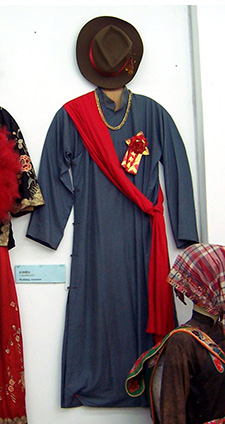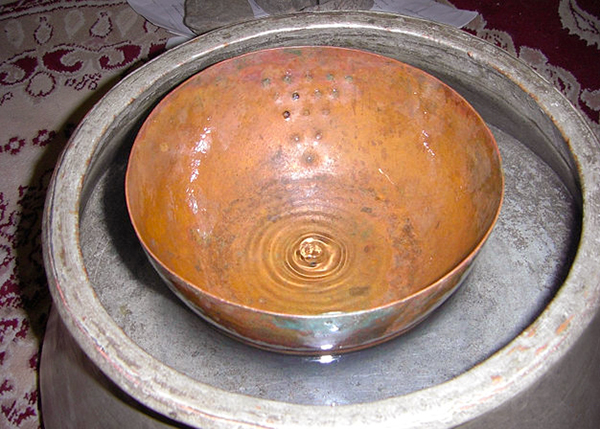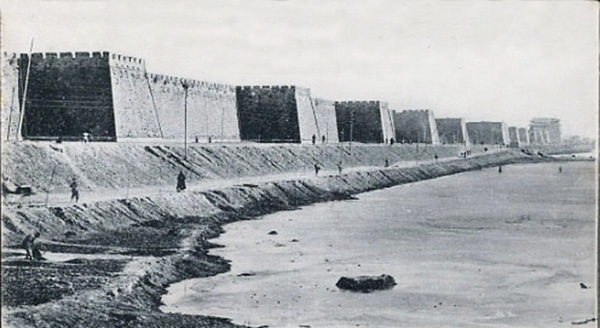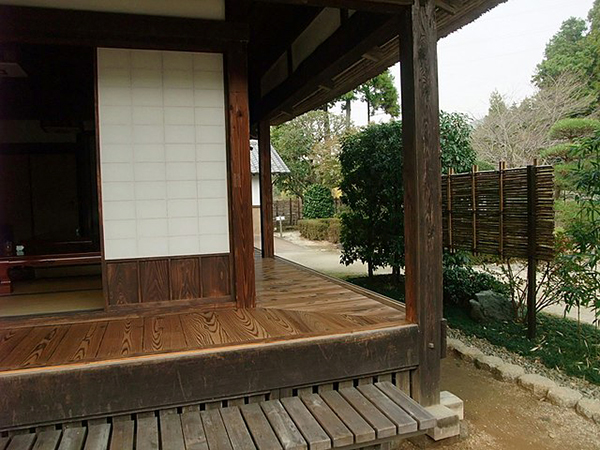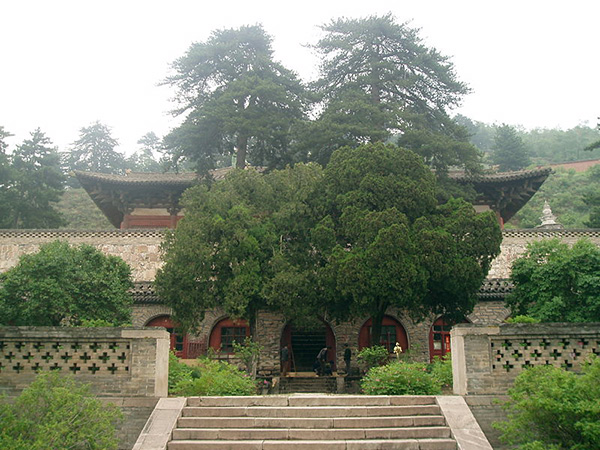 I’ve never been quite satisfied with the copy that appears on the back cover of the paperback of Sovereign Night and on the webpages at various e-tailers.
I’ve never been quite satisfied with the copy that appears on the back cover of the paperback of Sovereign Night and on the webpages at various e-tailers.
I went so far as to obtain an analysis of what I had from an expert in marketing copy from Hidden Gems.
Wow! She delivered. In spades.
It was overwhelming, so overwhelming that I wasn’t sure where to start. I could see what my analyzer was driving at, but I couldn’t see how to arrive there by myself. I almost wished that I’d purchased the blurb-writing service rather than the blurb analysis. But I’d wanted to learn—teach me to fish, rather than simply giving me a fish.
Now I’m glad I didn’t just get the blurb-writing service, because I’ve got a glimmer of how to twist my mind when writing sales copy. That twist seems to be alien to my natural way of being in the world, but the glimmer gives me hope that I can learn it. It’s going to be a steep climb. The fact that I can’t really put words to what I’m perceiving tells me that. If I understood it fully, I’d be able to explain it—and I can’t.
In the meantime, here’s my newest version of copy for Sovereign Night. I’m still wrestling with it. It may change again. But I think this version is better than the one I’ve been using.
Note: I did make a few more tweaks. You can see the adjusted version here.
Something is very wrong in the river city of Hantida—a vile knot of villainy that poses special risks to Gael and Keir.
Gael, a defrocked mage, travels with his friend Keir, a gifted healer with a penchant for helping anyone sick or injured who crosses her path. Gael loves her loyalty to her calling—and to him—but fears she will never be more than a friend.
Together they seek a cure for an accursed affliction that not only erodes their bodies and minds, but keeps them apart. The rare magical artifact that holds their salvation lies hidden in riverine Hantida.
But when they enter its gates, the dark mystery lairing there catches them in its claws.
Reavers comb the city’s streets and squares by night, crashing their gauntleted fists on a residence gate or a workshop door, and taking a child, a grandmother, or some sleeping fool who thought himself safe.
Always the reavers emerge from the imperial citadel at the city’s heart and return to it before daybreak with their victim—just one—who is never seen again.
When the bronze-mailed warriors set their sights on a little girl with serious burns, Gael and Keir come face to face with the threat.
But more than mere violence lurks behind the abductions—a rotten core of secrets, intrigue, and conspiracy that Gael and Keir must penetrate while hanging on to their lives and holding true to their quest.
A tale of adventure in a vivid world of magic, shadows, and exotic peril.
For more about Sovereign Night, see:
Timekeeping in Hantida
The Baths of the Glorious Citadel
A Townhouse in Hantida
Hantidan Garb
Quarters in the Glorious Citadel
A Library in the Glorious Citadel
Dragon-gods of Hantida
Following Gael & Keir: a Photo Tour
For more about sales copy, see:
Eyes Glaze Over? Never!
Cover Copy Primer
How I Wrote and RE-WROTE Cover Copy for My Novel
Cover Copy for Troll-magic…One. More. Time!
Revising Light’s Blurb










